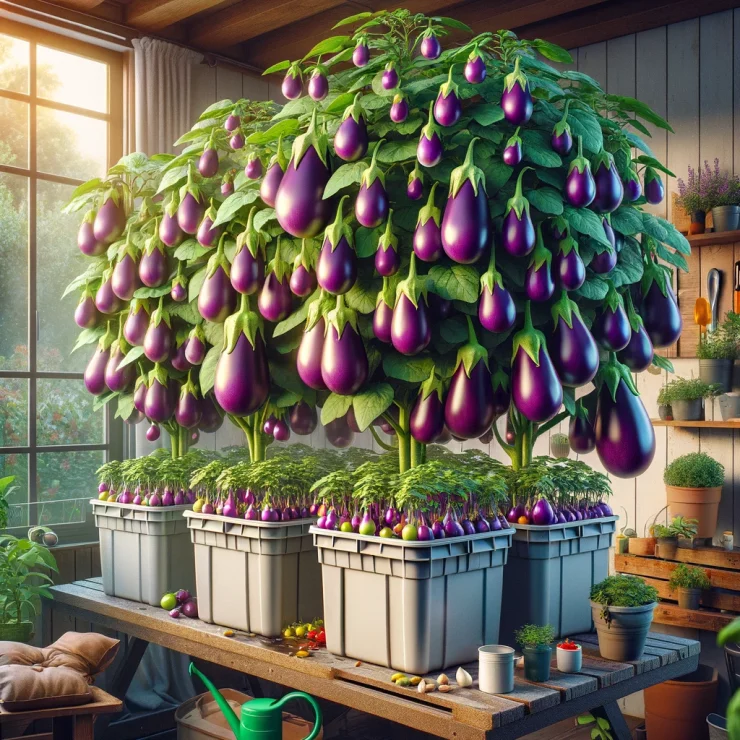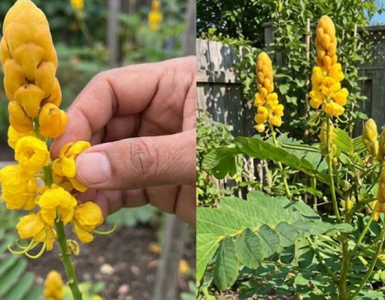Eggplants, also known as aubergines, are a versatile and nutritious vegetable used in various culinary dishes. If you’re interested in growing your own eggplants at home and have limited outdoor space, you’ll be delighted to know that you can successfully cultivate eggplants in plastic containers. This step-by-step guide will show you how to achieve a bountiful eggplant harvest at home.
What You’ll Need:
Plastic Containers: Choose containers that are at least 5 gallons in size. Ensure they have drainage holes to prevent waterlogging.
Potting Soil: Use a high-quality potting mix that provides good drainage and aeration.
Eggplant Seeds or Seedlings: You can either start from seeds or buy young eggplant plants from a nursery.
Sunlight: Eggplants thrive in full sunlight, so choose a sunny spot or use grow lights if growing indoors.
Water: Regular watering is essential, but be careful not to overwater, as eggplants dislike soggy soil.
Step 1: Container Selection
Choose your plastic container based on the available space and your preference. Eggplants require a container that is at least 12-18 inches deep and wide to allow ample room for root growth.
Step 2: Prepare the Potting Mix
Fill your container with a high-quality potting soil, leaving about an inch from the top to prevent spillage when watering.
Step 3: Planting
If you’re using seeds, plant them about 1/4 inch deep. If you’re using seedlings, transplant them into the container, ensuring they are well-spaced. Place the container in a sunny location where your eggplants will receive 6-8 hours of sunlight daily.
Step 4: Watering and Maintenance
Keep the soil consistently moist but not waterlogged. Water your eggplants at the base to prevent fungal issues. Use a balanced, water-soluble fertilizer every 3-4 weeks to promote healthy growth.
Step 5: Staking
Eggplants can get heavy as they produce fruit. Staking or supporting the plants can prevent them from toppling over.
Step 6: Pruning and Pinching
Prune your eggplants to remove dead or yellowing leaves and encourage air circulation. Pinching off terminal growth can also promote bushier, more productive plants.
Step 7: Pest Management
Keep an eye out for common eggplant pests like aphids and caterpillars. Use organic pest control methods as needed.
Step 8: Harvesting
Eggplants are usually ready to harvest when they reach a size of about 6-8 inches. Use pruning shears or a sharp knife to cut them from the plant.
Final Thoughts
By following these steps and providing care and attention, you can successfully grow eggplants in plastic containers at home. Enjoy the satisfaction of harvesting fresh, homegrown eggplants and using them in your favorite recipes. Happy gardening and happy cooking!






Add comment